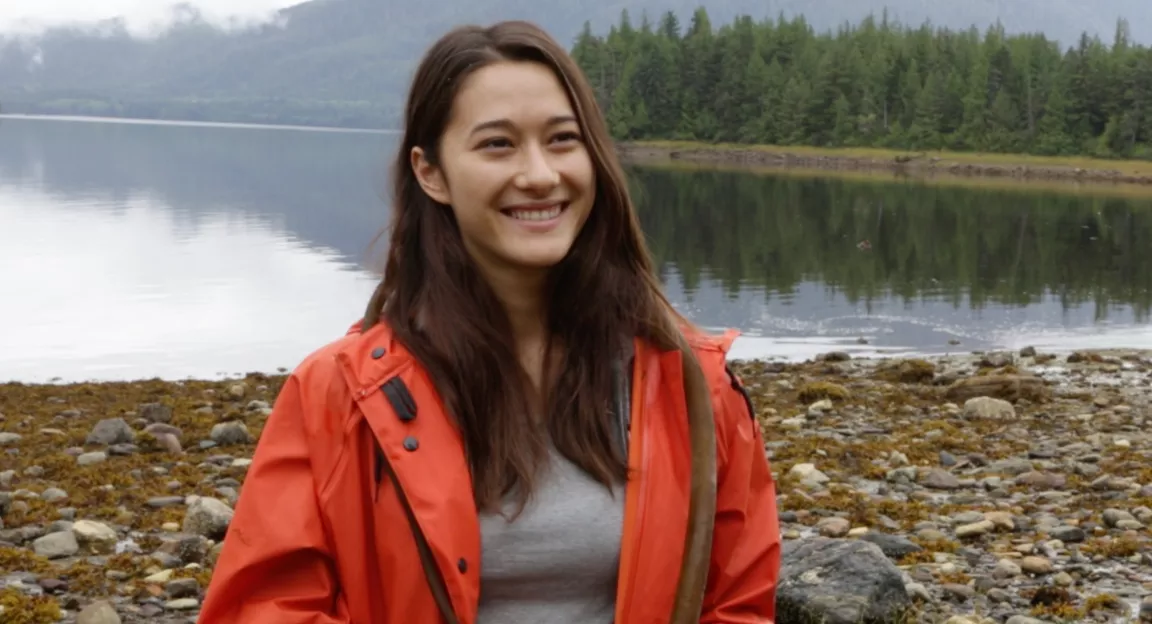A Natural Way to Learn
When the tidal flats of the Skeena River estuary is your classroom, learning becomes an immersive experience. For Jennifer Coosemans and her classmates in Systematic Biology, that means learning goes beyond looking at slides and identifying plants in a textbook; it becomes a multi-sensory opportunity to truly understand the subject matter.

When the tidal flats of the Skeena River estuary is your classroom, learning becomes an immersive experience.
For Jennifer Coosemans and her classmates in Systematic Biology, that means learning goes beyond looking at slides and identifying plants in a textbook; it becomes a multi-sensory opportunity to truly understand the subject matter.
“It’s so much more than just a visual thing,” Coosemans says. “You get to smell the plants, you get to feel them. It’s that much more intimate. There is so much more to learn about plants than what is on the outside.”
A fourth-year integrated science student at the University of Northern British Columbia Northwest campus in Terrace, Coosemans is one of 19 undergraduate students who took part in a unique experiential learning opportunity on the North Coast. Thanks to donor support, Coosemans and her classmates spent four days at the historic Cassiar Cannery near Prince Rupert, where they collected samples along the saltmarshes and examined their discoveries under microscopes.
The Systematic Biology course is supported by the Undergraduate Experiential Service Learning (UESL) program, which is funded through gifts to the Innovation Fund in Experiential Learning. It is another example of how donors to the Northern Leadership Campaign are inspiring next-generation leaders by providing opportunities for UNBC students to get into the field where they can apply the classroom knowledge they have gained in different ways.
“Our students are seeing first-hand how humans interact with nature and our effects on the environment,” says UNBC Ecosystem Science and Management Professor Dr. Darwyn Coxson. “At the same time they are learning the skills to document those environments and work with future employers to identify plants and document the impacts of the resource industry.”
The Cassiar Cannery is an ideal location for the course because students can study the interaction of aquatic and terrestrial plants.
“From our workshop, where we set up our microscopes, we can look out over the estuary and we can see salmon jumping, herons fishing for eels and the plant communities that we study,” Coxson says.
For Coosemans, the opportunity to see the natural interaction is invaluable.
“It is exhilarating to get into the field and explore the amazing biodiversity of the Skeena River estuary,” she says. “It is much more meaningful to see the plants in their natural environment and the opportunity to work closely with expert faculty adds to the experience.”